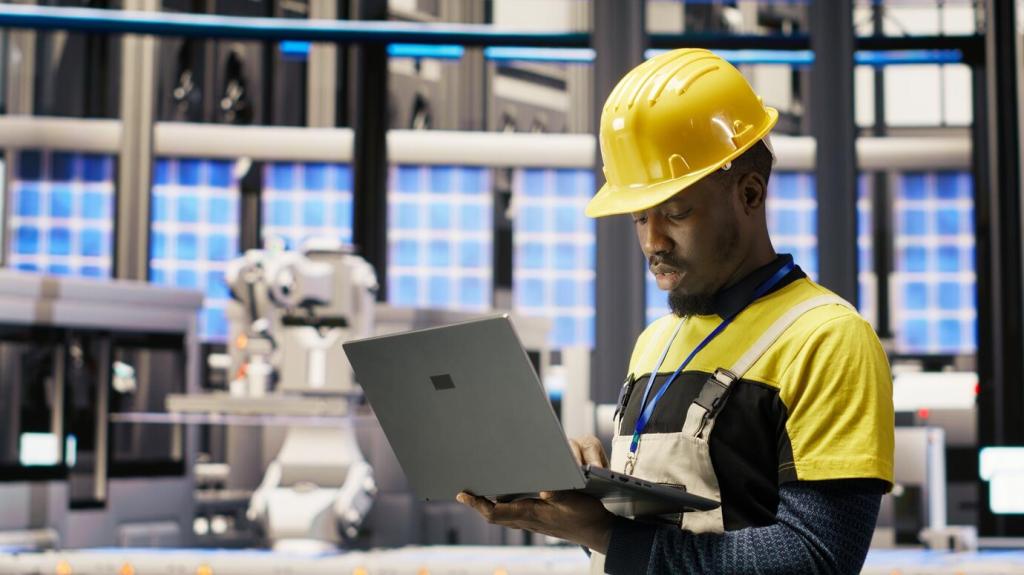Economics of Eco-friendly Materials in Production
When a CFO considered energy, scrap, compliance, and recall risk, recycled resin beat virgin on total cost. Precise drying and dosing cut defects, and utility savings stacked up. Want our TCO workbook to run your numbers? Subscribe and we will send the spreadsheet with example assumptions included.
Economics of Eco-friendly Materials in Production
Diversifying recycled feedstocks, qualifying multiple suppliers, and regionalizing sourcing reduce shocks. A home goods maker added a local rPET line and avoided pandemic disruptions. Share your supply concerns, and we will interview experts on contracts, buffers, and the smartest inventory policies for volatile markets.






